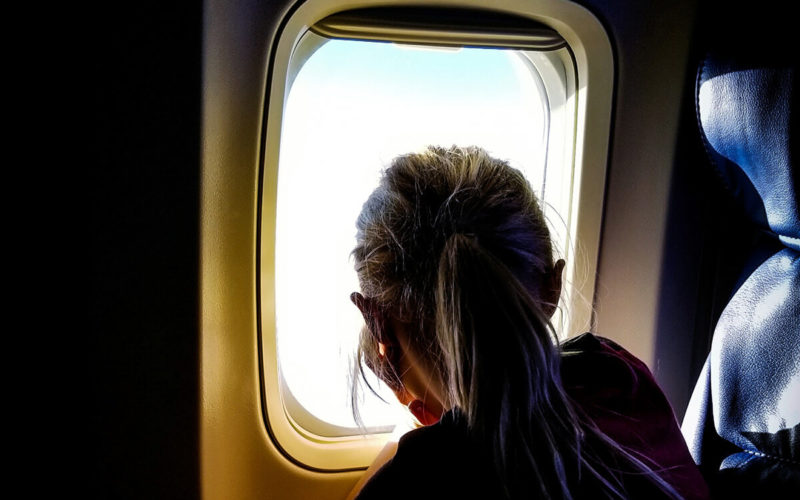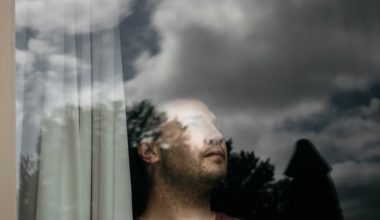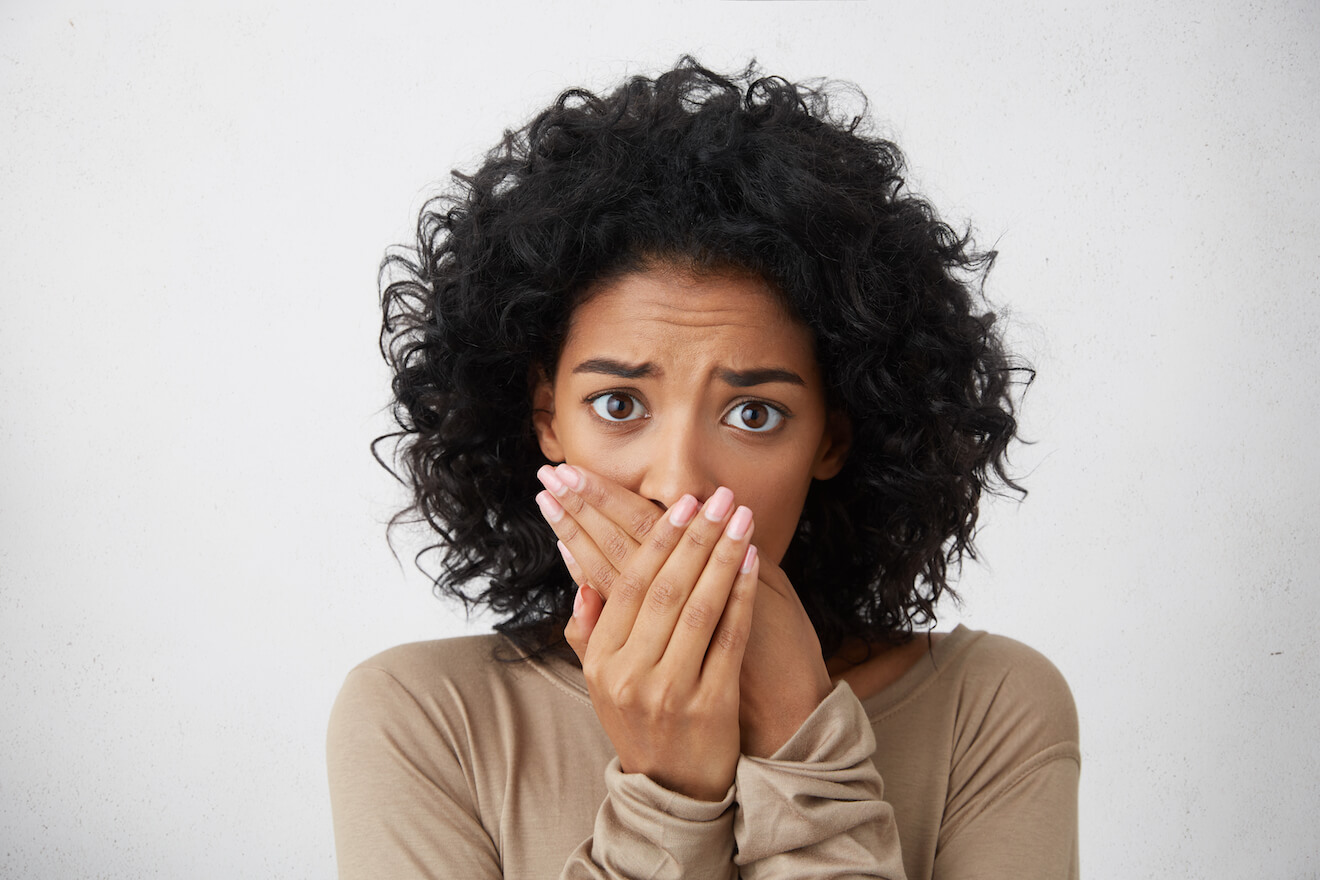Updated 03/21/24
Fears are inevitable, but when irrational fear of something becomes debilitating and impacts your everyday life, it’s considered a phobia. Phobias are a type of anxiety disorder that provokes excessive, persistent, and extreme fear. They can arise from almost anything, some that seem stranger than others, and about 12.5% of people in the U.S. experience phobias. So you may wonder: what are the most common phobias, and what can you do to alleviate them?
We asked our Talkspace therapists what the most common phobias are among clients, and they shared this list of phobias and how to help alleviate them with phobia treatment options:
- Social Phobia: Fear of social interactions
- Trypophobia: Fear or circle clusters
- Atychiphobia Fear of failure
- Thanatophobia: Fear of death
- Nosophobia: Fear of developing a disease
- Arachnophobia: Fear of spiders
- Vehophobia: Fear of driving
- Claustrophobia: Fear of enclosed spaces
- Acrophobia: Fear of heights
- Aerophobia: Fear of flying
Read on to learn more about the top 10 most common phobias.
1. Social Phobia: Fear of Social Interactions
Also known as Social Anxiety Disorder, social phobias are by far the most common fear or phobia our Talkspace therapists see in their clients. Social Anxiety Disorder makes a social situation or everyday interactions challenging, stressful, and anxiety-provoking for its sufferers — therapy for phobias can often be a great, professional help in working towards more confidence.
2. Trypophobia: Fear of Circle Clusters
Although this common phobia could come off as silly at first, many people have a very real struggle with trypophobia. There are many theories of what causes trypophobia, most of which point toward human evolution. The image of circle clusters is reminiscent of things we as humans have feared in the past, like infectious diseases and dangerous animals like bees.
3. Atychiphobia: Fear of Failure
Atychiphobia is the intense fear of failure. In some ways, we’re all afraid of failure, however, when this common phobia becomes debilitating and one is unable to progress in life, it’s time to seek professional help. An atychiphobia fear may be part of a more general social phobia, which a licensed professional can help sort out.
4. Thanatophobia: Fear of Death
Thanatophobia, the fear of death, is not shocking, but when it takes over day-to-day activities and causes extreme anxiety that prevents seemingly normal activities and behavior, it becomes a serious problem.
5. Nosophobia: Fear of Developing a Disease
Although similar to hypochondria, nosophobia is severe anxiety about minor symptoms you fear are a more serious condition. Nosophobia can often be treated with exposure therapy, cognitive behavioral therapy, or medication — it’s best to communicate these concerns to a professional in order to take the best course of action.
“The fear of developing a disease has been so intense over the last couple of years thanks to the COVID-19 global pandemic. If you have started developing health anxiety, know that you are not alone and that therapy is highly effective!”
– Talkspace therapist Ashley Ertel, LCSW, BCD
6. Arachnophobia: Fear of Spiders
Arachnophobia is the extreme fear of spiders and other arachnids, such as scorpions — most commonly this excessive fear is linked to an evolutionary response against these creatures, many of which are poisonous. Symptoms of arachnophobia fear most often appear during childhood, but can also develop into adulthood. As with most phobias, anxiety from this specific fear can manifest as physical symptoms, too.
7. Vehophobia: Fear of Driving
Vehophobia is the fear of driving — often on highways or bridges. For most who suffer from vehophobia, the phobia follows involvement in a car accident or witnessing one. This specific fear is often similar to symptoms of Acute Stress Disorder or PTSD, depending on their individual experience.
8. Claustrophobia: Fear of Enclosed Spaces
Fear of enclosed spaces. Feeling claustrophobic, or fearing a tight, enclosed, or confined space, includes symptoms such as difficulty breathing or a fear of running out of oxygen. It is believed that about 5% of the population suffers from claustrophobia —often this includes experiencing extreme anxiety on airplanes, busy venues such as shopping malls, or crowded elevators — you can feel claustrophobic in any confined space or situation where you feel trapped or confined.
9. Acrophobia: Fear of Heights
Acrophobia, the fear of heights, fear is believed to be partially ingrained, whether biologically or evolutionarily, as a survival mechanism. We all need to be a little afraid of heights because of the danger of falling. The acrophobia fear, however, is a hyper-reaction — an unreasonable and perhaps debilitating feat — that could be caused by one’s parents’ overreaction or a previous fall.
10. Aerophobia: Fear of Flying
The fear of getting on a plane is often associated with other fears, like the fear of closed spaces, or fear of heights — it can also be passed down from parents if they are anxious flyers. Another cause involves the media coverage of plane and helicopter accidents.
Whatever phobia it may be, it’s common to experience a panic attack, especially when confronted with the source of the phobia. Symptoms of a panic attack include:
- Sudden intense fear
- Sweating
- Heart palpitation
- Chest pain
- Out of breath
- Numbness
- Dry mouth
- Ringing in ears
- Hot flashes
Don’t be ashamed that you have an irrational fear of something. Whatever your phobia may be — it’s completely valid. Phobias shouldn’t be ignored or brushed to the side; it’s important to talk to a professional if they’re all-consuming. Although phobias can interfere with your life and daily routine, there are ways to get help. Phobia treatment options may include therapy, medication, or a combination of both. Even if your fear is not on this phobias list, any kind of phobia is valid. Always remember, you deserve to live a phobia-free life!
“How amazing would it be to find that the unknown also holds the keys to your own liberation? The thing we fear the most may, in fact, lead us down the path of freedom with the proper guidance and support.”
– Talkspace therapist Ashley Ertel, LCSW, BCD
Sources:
- Substance Abuse, Mental Health Services Administration. Table 3.11, DSM-IV to DSM-5 Specific Phobia Comparison. Substance Abuse and Mental Health Services Administration; 2016.
- Specific phobia. National Institute of Mental Health (NIMH). Accessed December 28, 2021. https://www.nimh.nih.gov/health/statistics/specific-phobia
Talkspace articles are written by experienced mental health-wellness contributors; they are grounded in scientific research and evidence-based practices. Articles are extensively reviewed by our team of clinical experts (therapists and psychiatrists of various specialties) to ensure content is accurate and on par with current industry standards.
Our goal at Talkspace is to provide the most up-to-date, valuable, and objective information on mental health-related topics in order to help readers make informed decisions.
Articles contain trusted third-party sources that are either directly linked to in the text or listed at the bottom to take readers directly to the source.




